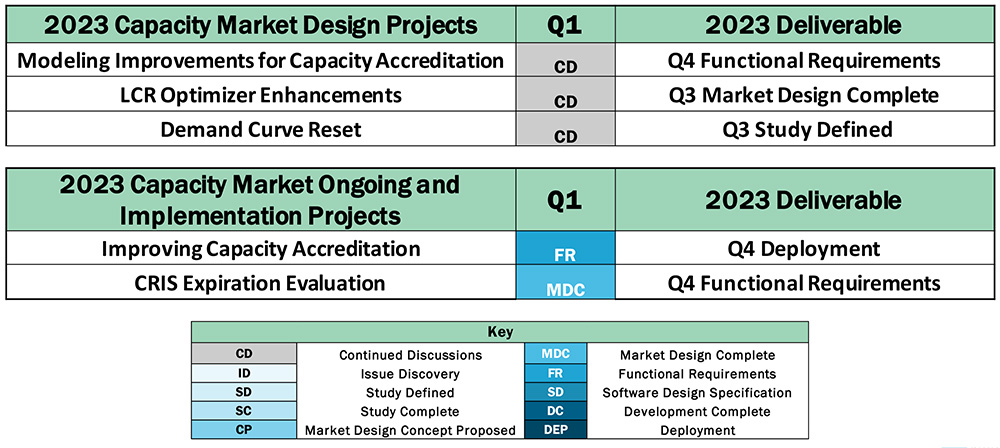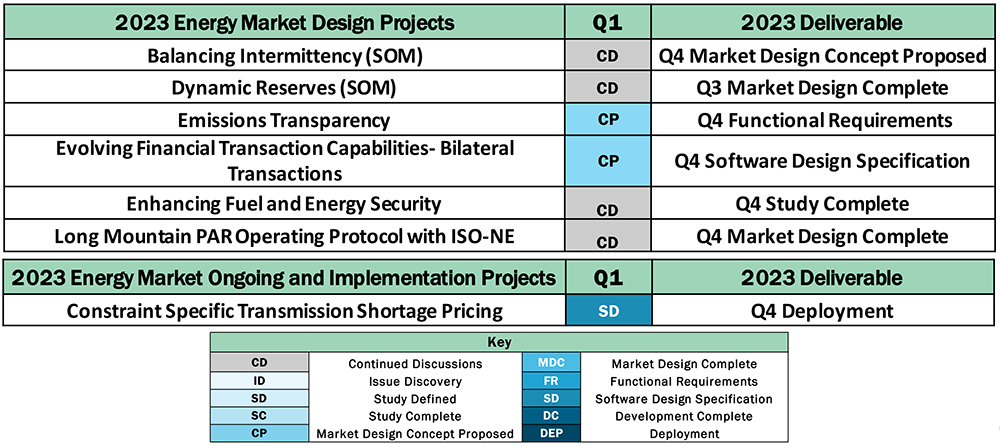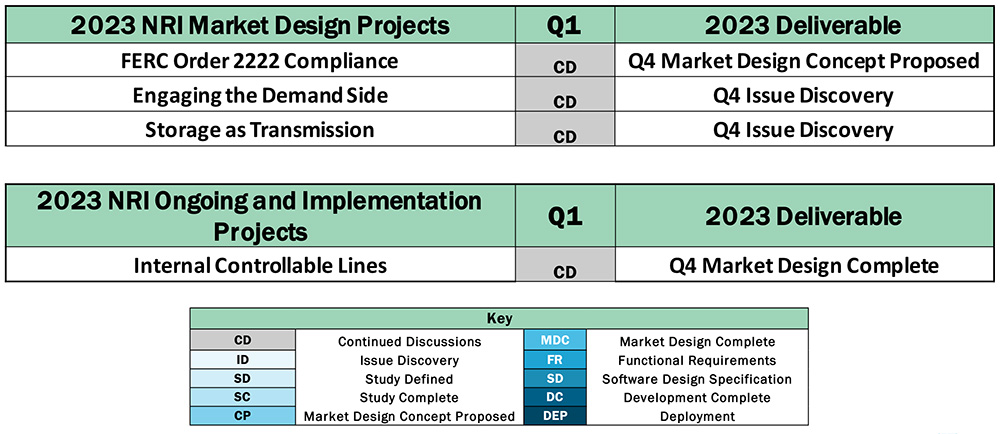A financial consulting firm has concluded that MISO’s auction revenue rights and financial transmission rights market needs updating to keep it relevant to the changing grid.
London Economics International (LEI) said during a Market Subcommittee meeting Thursday that the grid operator’s process needs a refresh, saying it is becoming increasingly outdated because its auctions rely on a 2004 benchmark rights allocation in the MISO Midwest region.
“The ARR entitlement process, though valuable, has not kept pace with new entries and resource retirements, limiting transmission customers’ ability to hedge their day-ahead energy market congestion risks,” LEI consultant Victor Chung told stakeholders.
MISO contracted LEI last spring to evaluate its ARR and FTR markets. The grid operator hopes the firm can make recommendations to help it address gaps in its market design and ensure the ARR/FTR market’s health. (See “Concerns Develop over FTR Market,” MISO Market Subcommittee Briefs: Oct. 7, 2021.)
LEI recommended MISO re-evaluate its basis for determining ARR entitlements and “move away from a fixed historical reference year to better track actual usage of the transmission network.”
Chung said ARR megawatts tied to paths with retired generation have increased from about 1% to 3% in recent years.
“Entitlements don’t track network use,” LEI Managing Director Julia Frayer said, noting that entitlements should “better reflect the system today, where load and generation are.”
MISO has become increasingly concerned over the congestion-hedging market’s underfunding. It has said there’s a growing discrepancy between awarded ARRs and the footprint’s actual congestion patterns. As a result, load-serving entities hold a historically smaller share of FTRs, and the ARRs’ congestion value has fallen.
The grid operator issues the financial instruments based on transmission capacity; they are used by load-serving entities and other market participants as financial hedges against congestion charges in the day-ahead market. MISO funds FTRs through day-ahead congestion costs; an ARR is the LSE’s entitlement to a share of revenue from FTR auctions because of its historical use and investment in the transmission system.
LEI noted that there have been “very few” new ARR paths allocated to LSEs and the new paths “appear to be insufficient in providing a hedge” against congestion risk. The firm said MISO should allow its LSEs to nominate more variations of paths.
The firm also recommended staff tailor their FTR products to the RTO’s evolving supply mix and load patterns by offering morning, afternoon, evening and night options that could also account for weekdays or weekends. However, it acknowledged that selling FTR products by time periods would make for more complex monthly auctions.
MISO’s regulated and more risk-averse LSEs have “limited participation” in the monthly FTR auctions, LEI said, so most profits go to financial traders. The firm suggested staff create an entitlement FTR product for LSEs when additional network capacity is available in the monthly auctions.
“This may help motivate LSEs to participate … without necessitating LSEs to take on any additional risk,” LEI said.
The firm urged MISO to also monitor trends among pivotal suppliers and participants with large market shares competing in the FTR market and track the number of LSEs versus financial traders. It also recommended staff keep a more public tally of the amount of congestion revenue lost by transmission customers because of ARR allocation curtailments.
Finally, LEI said the grid operator should consider incentivizing more accurate reporting of transmission outages, so outages modeled in the FTR auctions match planned transmission outages and the actual outages that ultimately impact the day-ahead market.
MISO said increasing wind generation has cut down on the volume of ARRs. Wind-related ARRs tend be about one-third of those associated with retiring baseload generation.
Stakeholders agree that staff must revisit ARRs. Multiple stakeholders said state-regulated utilities cannot participate because of the market’s speculative nature.
MISO’s Independent Market Monitor reported that FTRs were fully funded this fall and that the grid operator collected more than $47 million in surplus. The Monitor said the surplus “indicates that some paths were significantly undersold after both the annual and monthly FTR auctions.”
Monitoring staffer Carrie Milton said the quarterly surplus “would have been higher but for large shortfalls on paths that were over-allocated in MISO’s ARR process.”
Milton said a single transmission owner’s failure to report a known transmission outage before the annual auction caused a $15 million shortfall. MISO’s FTR surplus collections are used to fund shortfalls, so that the costs of over-allocations are subsidized by all other transmission customers.
Monitor David Patton is asking MISO crack down on transmission owners not reporting outages to MISO before AARs/FTRs are issued.
Patton said in a footprint that racks up billions of dollars in congestion, an unreported outage can have “tens of millions of dollars” in ramifications when a TO sells property rights to its lines but doesn’t disclose planned outages.


